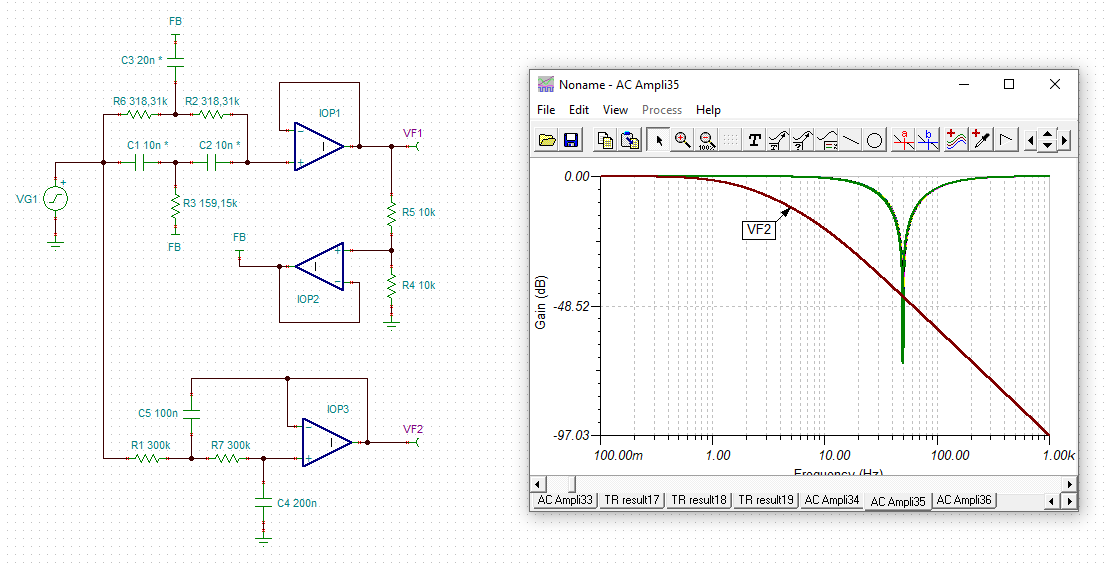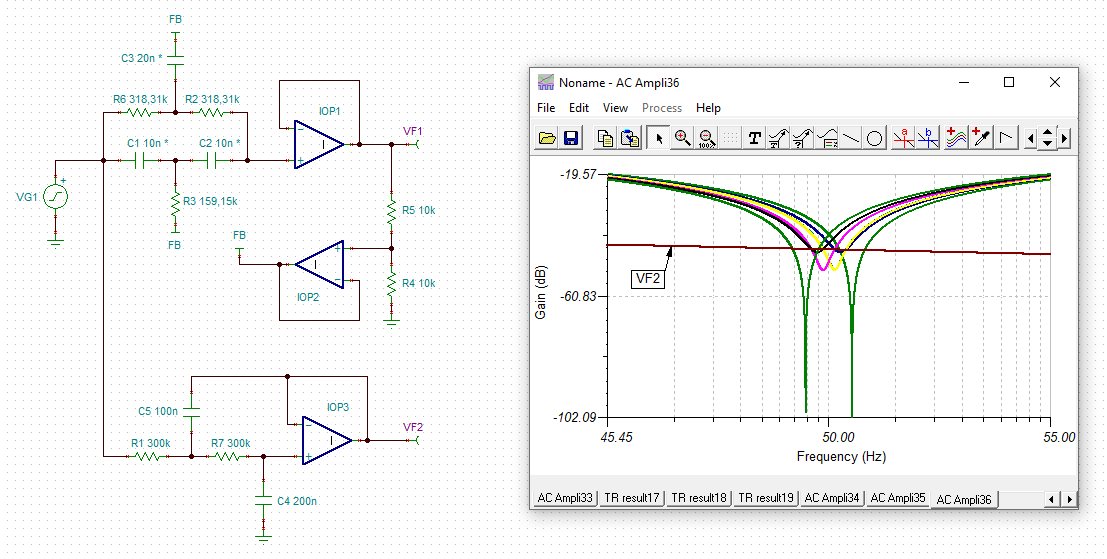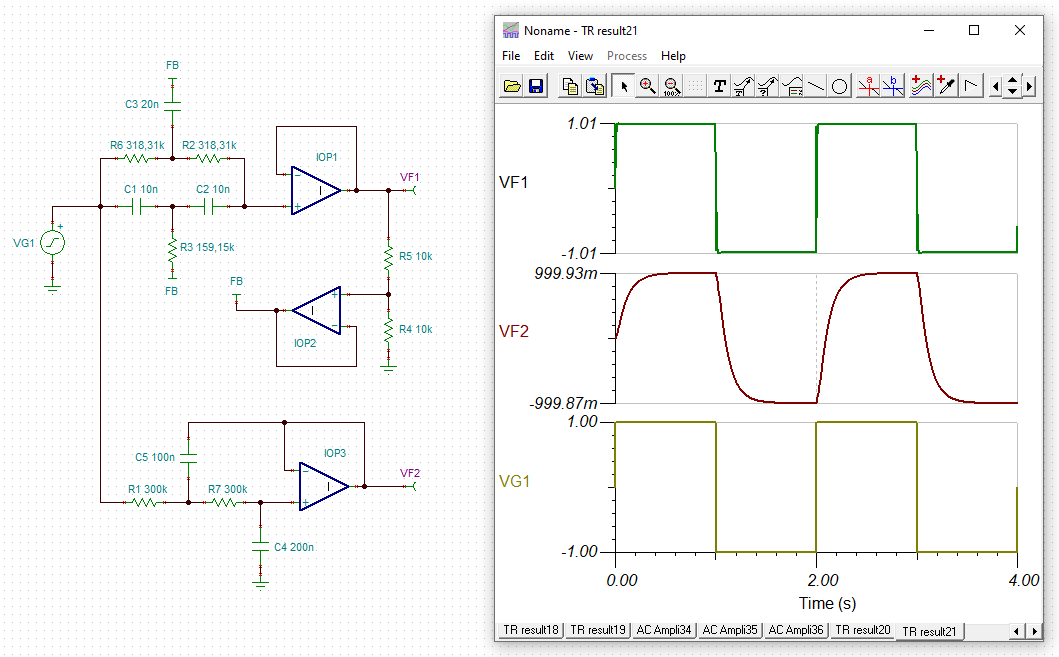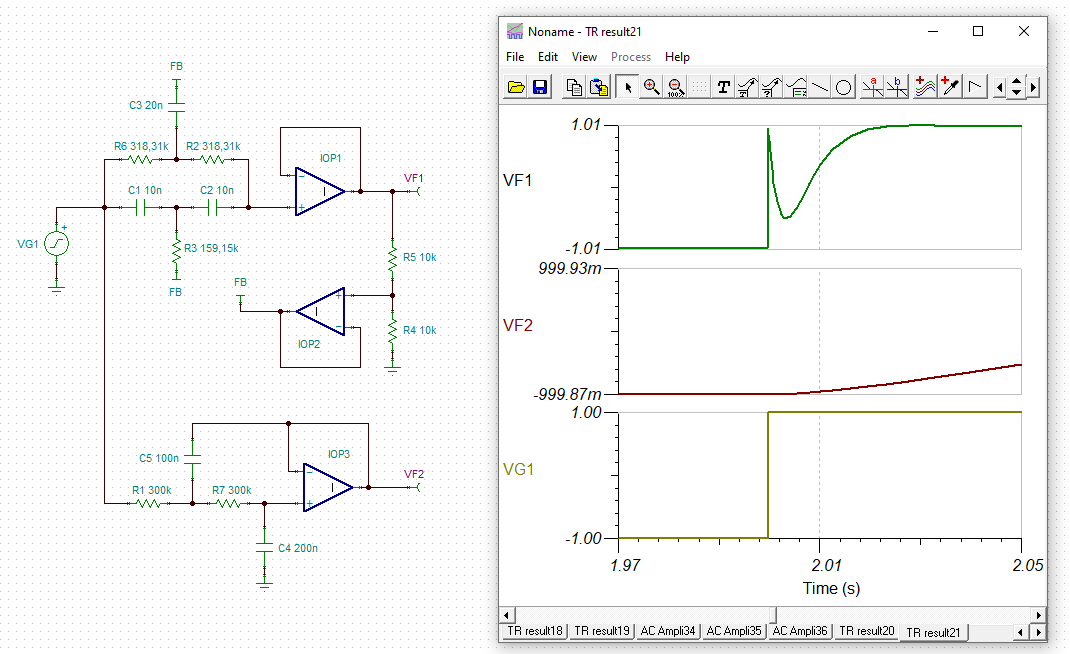Other Parts Discussed in Thread: ADS1115
Hi,
I am developing a geophysical measuring device to measure soil resistivity. and we measure the voltage values from the ground. these are in the millivolt order. We encountered a problem like this: the electricity grid of the city is 50 Hz and the voltage at this frequency affects our measurements. 50 hz is a source of noise for us and we have to eliminate this noise. For this, I am designing a low pass filter using the lm358 op-amp.
My question is for 50 hz cutoff frequency, what is resistor and capacitor value? i know the general formula of the cutoff frequency that is fcutoff=1/(2*pi*R*C). but which resistor value for capacitor value is true? we can obtain to 50 hz for cuttoff with using different resistor and capacitor. i guess this must be little bit different for example i can use uF capacitor with big resistor value or i can use pF capacitor with smaller resistor value. and again we can obtain same 50 hz cutoff frequency. which of them will be good for my circuit?
Below is a sample drawing of the filter I am trying to design







